
The story of Medellin is an interesting one. Who would have thought that in a lifetime it would turn from a war zone between cartels and gangs to a digital nomad enclave? Nowhere in the city is that more evident than Comuna 13. Once the most dangerous part of the city, it’s now bustling with visitors on every day of the week, all eager to see how it turned around.
This post contains affiliate links that can earn this website a small income. They will not cost you anything to use.
A tour of the neighborhood had been high on our list, especially as an alternative to the many narco-tours that tend to glorify Pablo Escobar and his reign of terror. Our hostel, Los Patios, has a number of tours offered every day through Capture Colombia, so it was easy to sign up for one the following day.

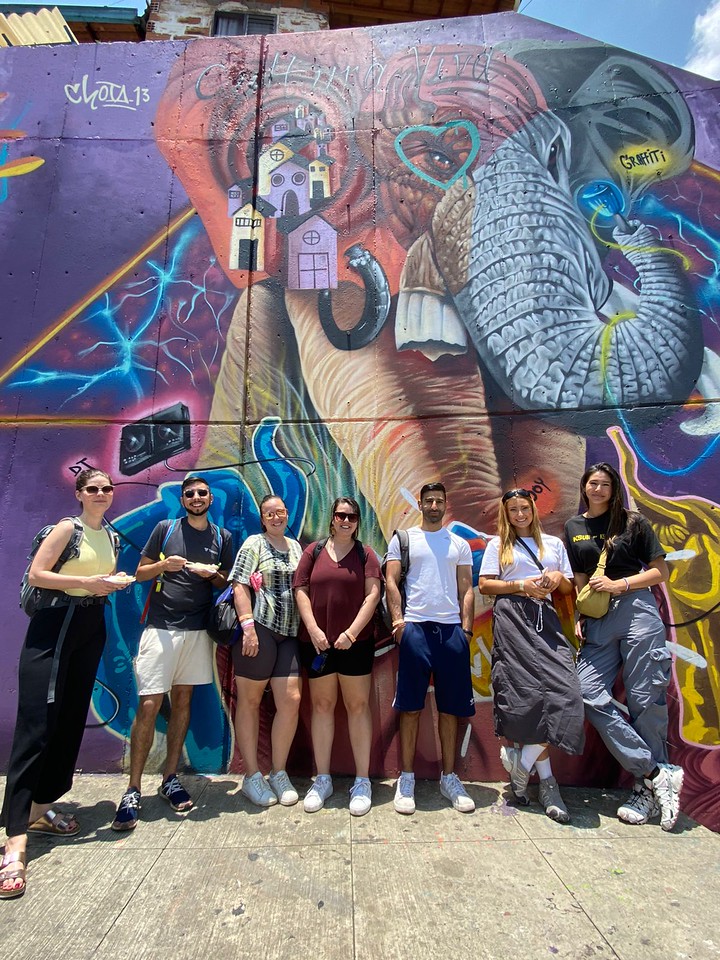
Our guide picked up the group of seven after breakfast and helped us navigate the busy streets to reach the city’s subway system. We walked to the Poblado station and made our way north, transferring lines at San Antonio and stopping at San Javier. From there, half a dozen tour guides were in front of the station but ours showed us to the bus that took us up the hill. Sammi even got to ride up front with the driver!
The hillside neighborhood is a steep walk so I was glad to wear comfortable shoes. We took our time making our way up, passing shops selling Escobar t-shirts and hats. Our guide shared that the neighborhood was chosen by Escobar and the cartels for its remote location, which made it easy to hide drugs being grown there.

Learning about the history of this area was devastating. In one month alone, 600 people died and La Escobera, a mass grave, is nearby and can be seen from the viewpoints. After the fall of Escobar and when a number of cartel members were imprisoned in the United States, the neighborhood was subject to infighting between gangs and it was split into three.
This period was just as bad as the Escobar reign. In 2002, guerillas were part of the fighting and 20 innocent civilians were killed in the crossfire, including children. But a cease-fire was finally reached in the last decade, bringing in new residents and innovation.

In 2010, the Swiss company Schindler donated 3.5 million dollars and created a series of escalators to help the residents of La Comuna access their neighborhood. In 2016, the first graffiti tours were offered in the comuna, kickstarting tourism that has continued to this day.
As a lover of street art, I was captivated by the colorful murals found throughout the neighborhood. Our guide told us about a mural of a condor painted in honor of a community leader killed during the turmoil. It was created by his son. Many also had influences from Colombia’s Indigenous cultures, incorporating bright colors and designs, and others were created by former gang members.
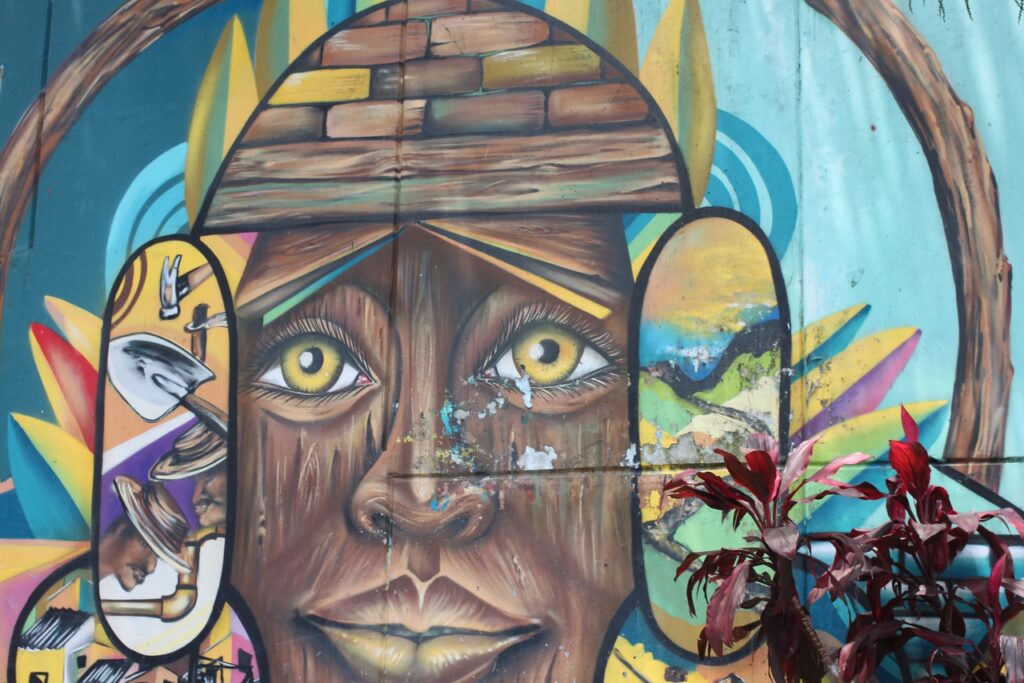
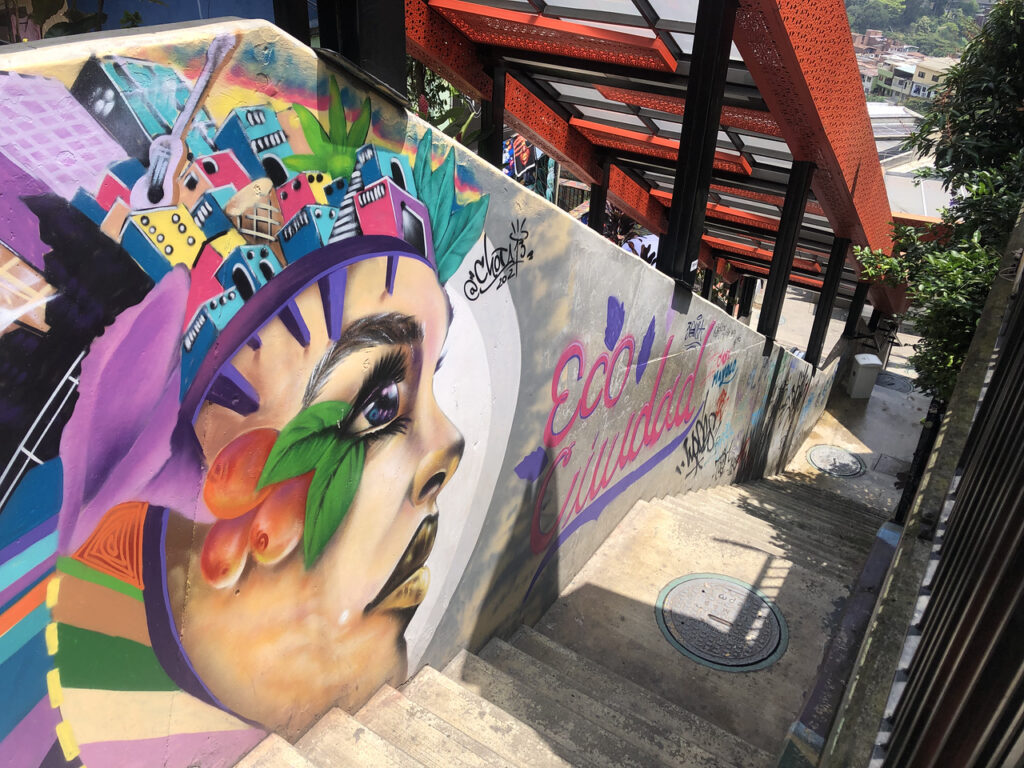
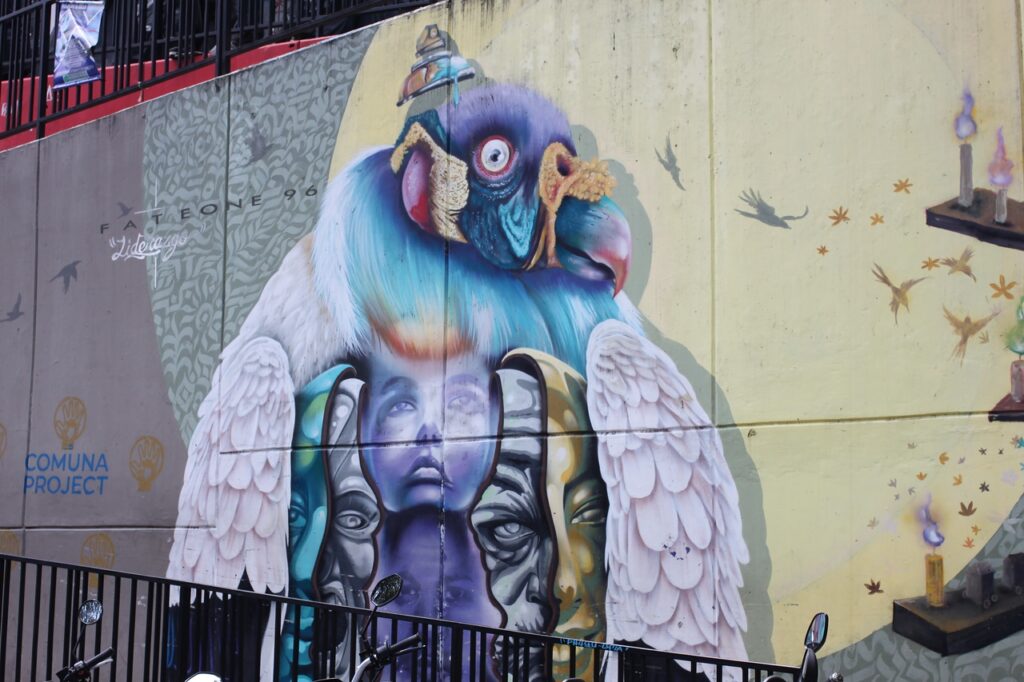
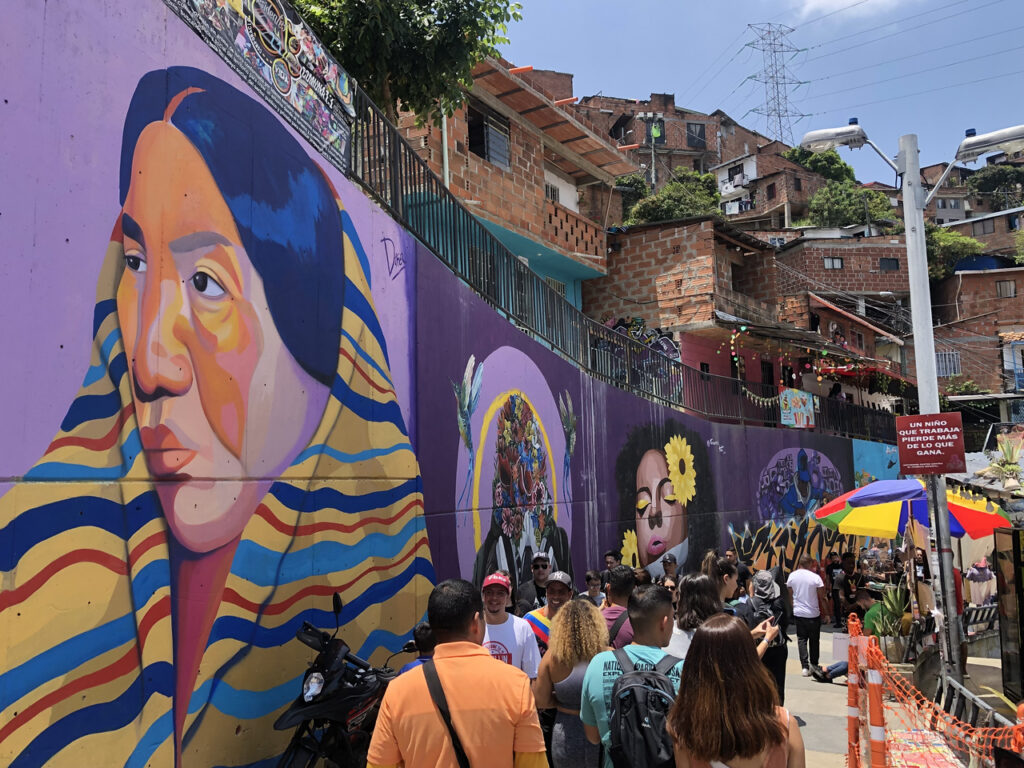
As we continued to climb higher and higher in the comuna, we saw lots of enterprising businesses including art galleries, bars, restaurants, and street vendors selling pupusas and other Colombian dishes. A group of breakdancers performed to hip hop on the street, collecting donations. We also learned that one of the nearby neighborhoods that formerly grew cocaine now grows coffee.
While we visited during the morning into the afternoon, it was already bustling with people, especially on the higher paved paths that run along the spine of the mountain, providing sweeping views of the sprawling city. Our guide told us that on a weekday, Comuna 13 might have 1,000 visitors and between 5 and 6,000 on weekends.

It reminded me of the city’s version of the High Line, popular with both visitors and locals. Our guide tried to describe the energy at night as makeshift bars appear, selling cocktails to drink as you walk. People start dancing, taking back the spaces that were previously dangerous to be in. I told him I’d be back next time to take part in it.
Tips for Visiting Comuna 13 in Medellin

It’s entirely possible to go to Comuna 13 yourself, following the information I included above, but I found it helpful to have a local guide to show us where to catch the bus and give us background information. If you speak Spanish, you can go straight to San Javier and meet a guide there.
Our tour cost 70,000 COP per person (around $14 US), including public transportation, and lasted 3 hours. This tour is another option if you want to book in advance and take the cable car.
PIN IT
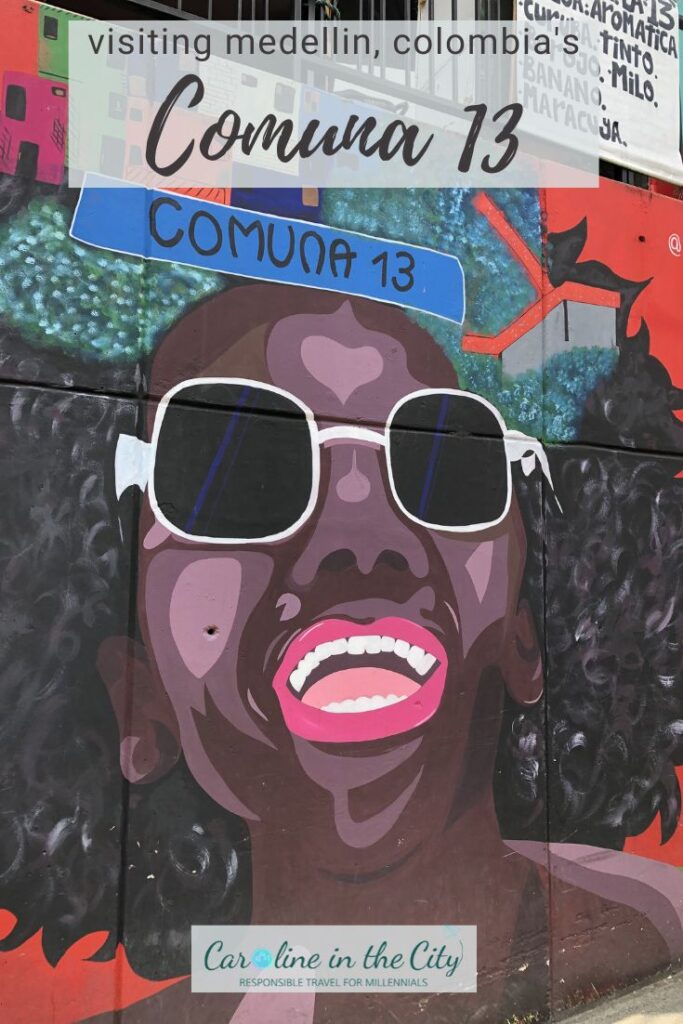
Leave a Reply